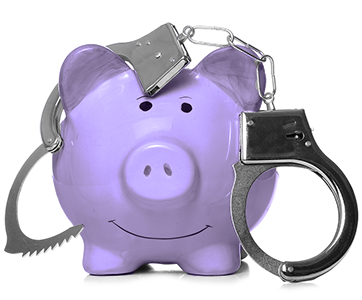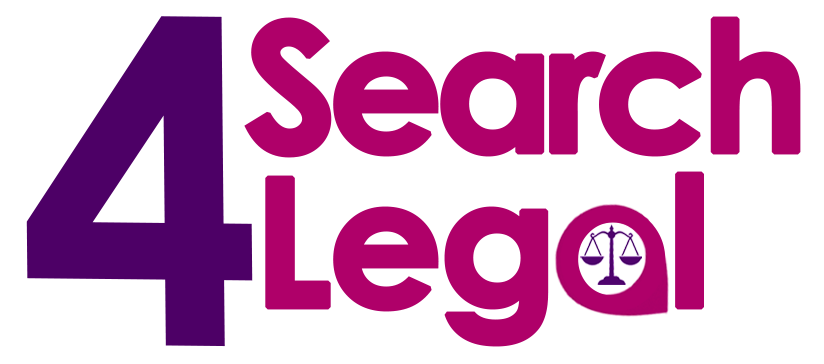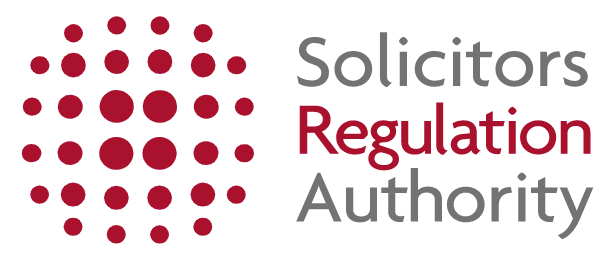
The consequences for a conviction for drug driving are serious. If
you’re convicted, you face a minimum one-year driving ban, an unlimited fine,
up to six months in prison and a criminal record. For the next 11 years your
driving licence will also show that you have been convicted for drug driving.
All this can impact negatively for your employability, the costs
of your car insurance and your ability to travel to certain countries.
How can you be prosecuted for drug driving? How will the police
test to prove that you have driven under the influence of drugs, and how long
do they have to charge you if that test comes back as positive?
It’s important here to explain that it’s also possible for a
prosecution to be brought against someone who might have driven under the
influence of legal prescription drugs, and not just if they have used illegal
drugs. It’s important to provide some background on both the laws which can be
used to potentially bring a prosecution and secure a conviction.
In 2015 a new offence was introduced which set specific legal
driving limits for a suite of 16 legal and illegal drugs. If you are found to
be over the limit for any of the eight illegal drugs covered by the new
offence, then you can be charged with drug driving. For the eight legal
(prescribed) drugs covered by the act, it must first be proven that the drugs
have not been prescribed by a healthcare professional, and then that you were
over the prescribed limit. To bring about a prosecution, the police must first
prove that you were driving at the time of the alleged offence., and that the
proportion of a drug specified in the Act was over the prescribed legal limit.
Prior to this new offence driving while unfit through drugs was
covered as a so-called ‘section 4 offence’ (section 4(1) Road Traffic Act
1988). This act and the offence associated with it - also known as driving
while unfit - are still in force but they rely on the police’s ability to prove
a driver’s ability to drive was impaired because they were under the influence
of drugs. The Act set no specific limits for legal or illegal drugs.
In most cases prosecutions are now brought using the new driving
with excess drugs offence. The 2015 changes were implemented by an amendment to
the 1988 Act to include a new ‘section 5A offence’ (section 5A Road Traffic Act
1988).
How do the police test for drug driving?
Under the section 4 offence mentioned above, testing was conducted
at the roadside using a Field Impairment Assessment. This may still be the
initial method used by police if they stop you on suspicion of drug driving. A
Field Impairment Assessment involves several things, such as asking you to walk
in a straight line, balance on one leg or touch your nose with your finger. It
is widely recognised however that this test is not particularly dependable or
objective. The police can also ask you to provide a saliva sample at the
roadside and this allows them to screen for the presence of cocaine and
cannabis. This, on its own, does not establish impairment but is a crucial
element towards establishing the presence of drugs as being the reason for any
impairment.
If the officer at the scene concludes that a driver has failed
either the FIA test, or the saliva analysis has shown a positive result, they
can be arrested and asked to provide a blood sample at the police station.
Under the section 5A offence, the results of this sample can be used to bring a
prosecution if the limits prescribed in the Act have been exceeded and it is
demonstrated you were driving at the time.
How long do the police have to prosecute?
The results of the blood test, which is conducted by a doctor, are
not immediately available at the police station. The sample provided will be
sent away for analysis at a forensic science laboratory. It can take between
six to eight weeks for the results to come back – sometimes longer. If a
positive result is confirmed, a charge is likely to be brought and the
prosecuting authorities have six months to charge you with an offence.
It’s important to seek professional legal advice if you have been
arrested on suspicion of drug driving so that you have the best chance of
defending your case. If you need a lawyer, you can search for free and without
providing any of your personal data at Search4Legal.co.uk.

